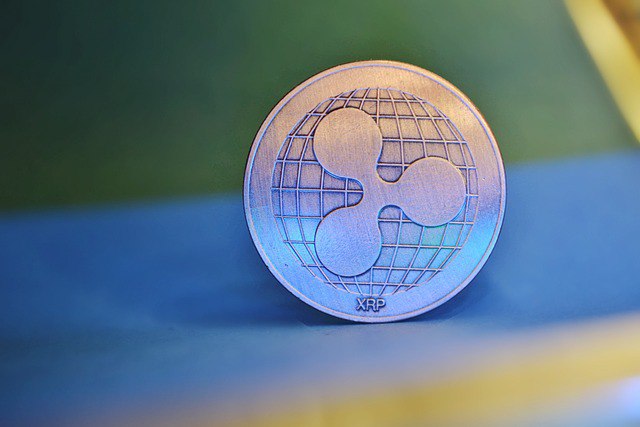- Explore the world of Exchange-Traded Funds (ETFs) in this comprehensive guide, discovering how these investment vehicles offer a flexible and affordable way to diversify portfolios.
- From understanding the basics to comparing costs and types, this article empowers investors to unlock the full potential of ETFs for smart and strategic investment choices.
What are ETFs?
Exchange-Traded Funds (ETFs) have become a buzzword in the world of finance, combining the flexibility of stocks with the portfolio-diversifying strengths of mutual funds. But what exactly are ETFs, and why are they gaining popularity among investors?
Why invest in ETFs?
ETFs offer an affordable avenue to access a wide variety of asset classes. Whether you’re a seasoned investor or just starting, these funds provide a convenient way to diversify your portfolio without the hefty price tag. But what makes them a compelling choice for investors seeking growth and stability?
How do ETFs and Mutual Funds compare?
Understanding the differences between ETFs and Mutual Funds is crucial for making informed investment decisions. While both aim to diversify risk, ETFs trade on exchanges like stocks, providing a level of flexibility not found in traditional mutual funds. Delving into the nuances of these investment vehicles can empower investors to make choices aligned with their financial goals.
What do ETFs cost?
Cost is a pivotal factor in any investment strategy. Fortunately, ETFs are known for their cost-effectiveness. With lower expense ratios compared to many mutual funds, they allow investors to keep more of their returns. Exploring the cost dynamics of ETFs unveils a financially prudent option for those seeking value in their investments.
What types of ETFs are there?
The beauty of ETFs lies in their diversity. From broad-market index ETFs to sector-specific ones, investors can tailor their portfolios to match their financial objectives. Exploring the various types of ETFs available opens up a world of possibilities, allowing investors to align their investments with specific market trends and opportunities.
How do ETFs work?
At their core, ETFs are funds that trade on exchanges, mirroring the performance of a specific index. This unique structure provides investors with the ability to buy and sell assets during market hours, offering liquidity and flexibility. Understanding how ETFs work demystifies the investment process and empowers investors to navigate the market with confidence.
The Rise of ETFs: A Smart Investment Choice
In conclusion, the rise of ETFs signifies a shift in the investment landscape. Offering affordability, flexibility, and diversification, these funds have become a cornerstone for many investors. As financial markets continue to evolve, understanding the intricacies of ETFs can pave the way for a more resilient and dynamic investment portfolio. Explore the world of ETFs, and unlock a realm of investment opportunities tailored to your financial aspirations.

















+ There are no comments
Add yours